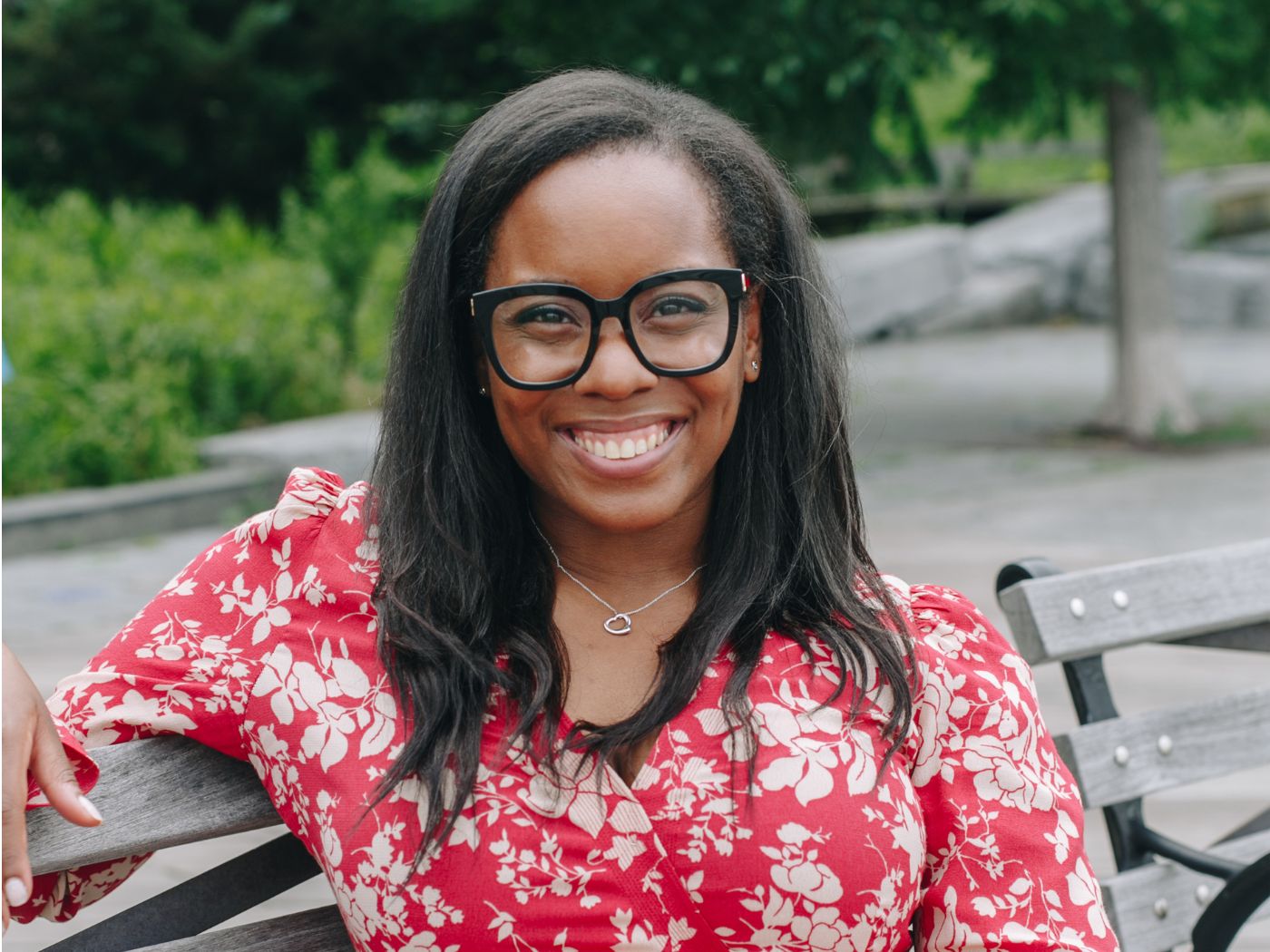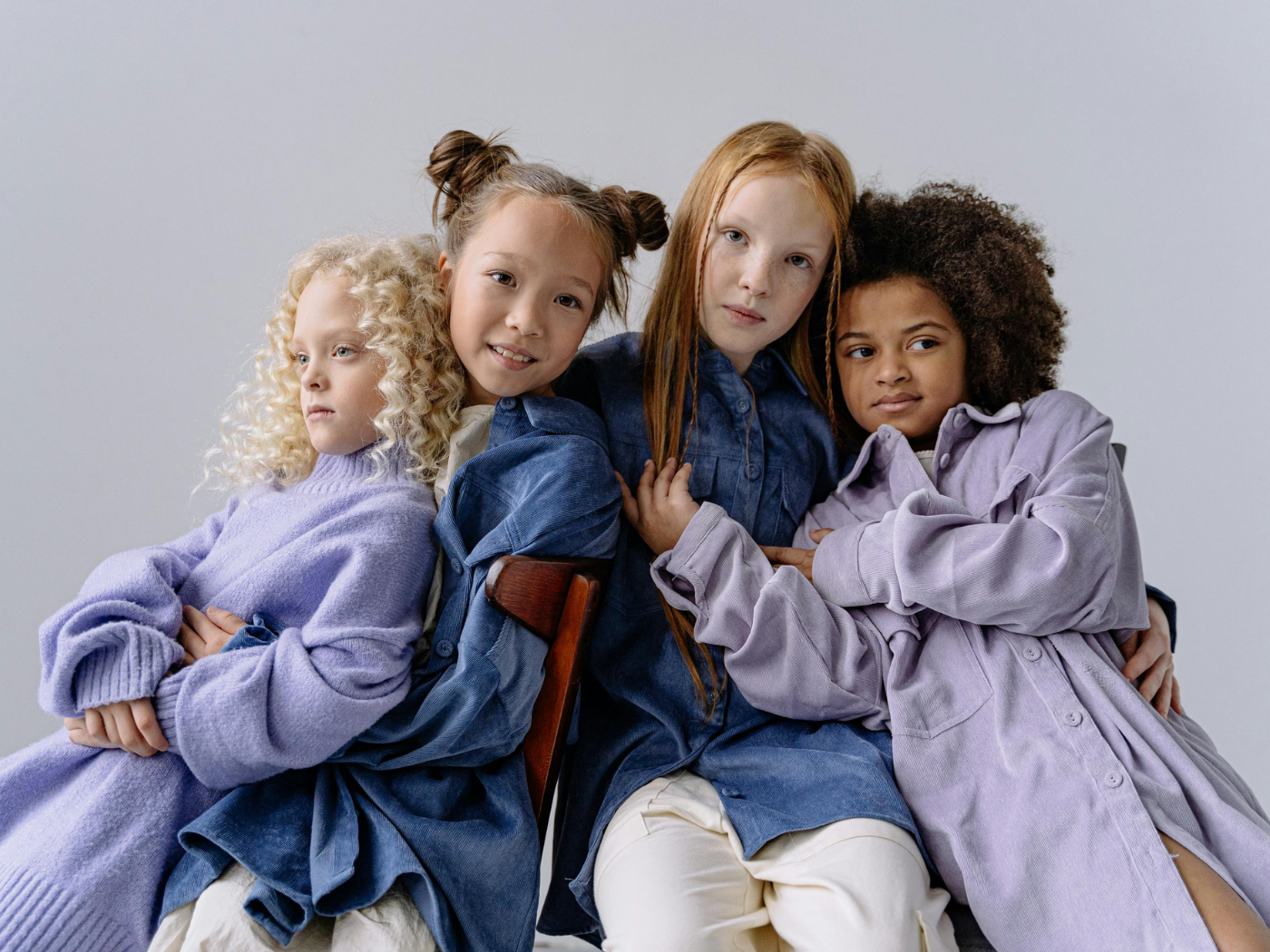As told to Annie Tomlin
Long gone are the days when brands could target a single audience with one message. Today, celebrating diversity and embracing inclusion isn’t a trend, but an imperative — especially in the beauty industry, where representation of different skin tones, hair textures, and cultures matter to consumers on a deeply personal level.
Multicultural consumers represent a significant portion of the global beauty market, and they have unique beauty needs, preferences, and cultural influences. For brands that want to create authentic rapport with these consumers, everything begins with people, says Allyssa Munro, the founder of Meg & Munro, a digital-first marketing and PR agency for beauty and lifestyle brands. Here, she shares insights into creating meaningful connections with consumers across cultures — and explains why today’s savvy consumers are craving authenticity.
Redefine Multiculturalism
When I think of multicultural audiences, it’s about more than seeing that people are Black, white, brown, and Hispanic. That’s surface-level. It’s about actually doing the work to go deeper and ask what that means. People come from cultures and ethnicities; they have a history behind them. So the questions are more like, “What is your cultural upbringing?” and channeling that into the people you onboard, the programs and initiatives you do, and even how you speak as a brand.
Focus on Your Team
On a fundamental level, you have to make sure that everything is in place with your people. It’s not just about hiring a DE&I person; it’s about having different types of people at the executive level, the management level, the administration level, and the marketing level. If a brand isn’t in a good place internally, you can’t expect one person or one specific job function to do everything.
Don’t Be “Colorblind”
I’ve been in meetings where someone suggests casting someone who’s “racially ambiguous.” To me, that makes no sense! Yes, people are similar, but the beauty of it all is that we are also different. And don’t say, “I don’t see color.” Being “colorblind” to race means you essentially don’t see me and you don’t see what’s happening. Please don’t be blind. If you’re communicating that way internally, that message is going to get out into the world.
Listen, Listen, Listen
Some smaller brands want to reach a multicultural audience, but they don’t have the budget that bigger beauty brands have. But it costs nothing to listen. Survey a few people; use the people around you to listen and learn. Work within your means to educate yourself on the matters that are important to different people.
Avoid Performative Actions
Don’t just do something because it sounds good. For example, look at the case of a big shoe brand that was infamous for a program that donated shoes to people in need. That was done with great intentions, but unfortunately, it put local shoemakers out of business.
The most successful brands talk the talk and walk the walk. Look at 54 Thrones, which produces African beauty butters. The founder, Christina Funke Tegbe, actually travels to Africa to see how they are made. She doesn’t just donate revenue, she works to create sustainable economic solutions that will help her producers grow their business. That’s a great example of going back to the community to observe and listen, to see what their needs are, and to see how a brand can contribute to that. Or if you look at UOMA Beauty, you quickly realize that they’re synonymous with rebellion, creativity, colors, the people they reach. The founder, Sharon Chuter, is in the streets of Nigeria protesting against the oppressive government.
These are people who are going back to their community, connecting with people — they’re doing the work. Their mission and values are built into their business where it’s no longer a question of where they stand. It’s not just about looking great to others or creating a perception of inclusion and diversity. It’s about being behind the scenes, connecting with people who need it most. When you know who you are as a brand, you don’t have to raise a flag to communicate that — you just are.
Speak to Gen Z
Consumers, especially Gen Z consumers, want brands to show their values and viewpoints. Before they buy into your brand, they want to know where you stand and that you align with what matters to them. Now, because of digitalization, anyone can research what brands are investing in behind the scenes. They can see who’s on the board and executive level — and who’s not — and where you’re investing your dollars. That really matters to the younger audience.
Share your Platform
For small brands, partnership goes a long way. That means being a true ally and partner — with other people and other brands. If you don’t have all the words, a lot of times you can hand your mic to someone else. Think about how you can start partnering with content creators in a way that amplifies their stories and voices that makes sense with your overall brand.
Rethink Media Buys
One of the reasons I started my own marketing and PR agency is that I worked for global beauty brands. I realized that the industry kept overlooking me and people who looked like me as consumers of their product. To me, that was very troublesome because I knew that Black women are the number-one consumers of beauty products. Period.
Having been in that position, I recommend looking closely at how to allocate marketing dollars and media buys. Historically, maybe a brand has only run marketing or advertising partnerships with legacy media brands. But what about the small, Black-owned, Latino-owned, LGBTQ-owned media brands — what does your media plan look like with them? They’re the ones reaching your audience, so why wouldn’t you invest or partner with them? Ultimately, it’s about who you’re reaching. If you’re not effectively communicating with them in a place where they can receive a message, what’s the point?
Prioritize Inclusion
You need to reach people where they are. So if you have a product, make sure that it’s demonstrated on more than one hair type. Make sure that it’s shown on more than one skin color. Talk about it in various languages.
Be an Ally — All Year Long
It’s important to show up for moments like Black History Month and Pride Month, but you shouldn’t wait for these moments. Don’t get me wrong; there’s a time and place where you can amplify your message a little bit more to bring awareness. But if you post a rainbow flag and you’re silent on LGBTQ issues until the next occasion, they notice.
People want to see that these things aren’t performative. They want to see that they’re built into your mission and values — into everything. It’s about making sure that at every step of the way, you are being super clear about the mission, the values, the people that you’re serving, and the people that you want to buy from you. That means looking at every layer of your business and making sure that it’s done in the most authentic and right way. Don’t just show up for the moment. If you want to resonate with multicultural audiences, be there for them all year long.
Playing Catch-Up? Start Today
When it comes to legacy brands that haven’t attempted to reach multicultural audiences, I want to give them a chance. I’m a firm believer in giving people grace. If people truly want to change, we can’t penalize them because of the history of a brand. But it’s going to take time, and a lot of changes need to happen. Again, it goes back to the fundamental mission of the brand. And who makes the mission? People. So if you change the mission, it flows into the products. It flows into the services, into partnerships, into where products are offered, into the communities that you invest in.
If you are committed to making change, there’s a chance to make that happen. But it can’t be just one sole change. For example, if you hire a Hispanic person to oversee your DE&I initiatives, or you hire a “diverse” executive, that alone will not work. You need to have people integrated all around your company, and you have to fundamentally uproot what has been done. It will be challenging, because it feels like nowadays you make a mistake and people don’t want to hear from you. But it doesn’t mean that you give up.




